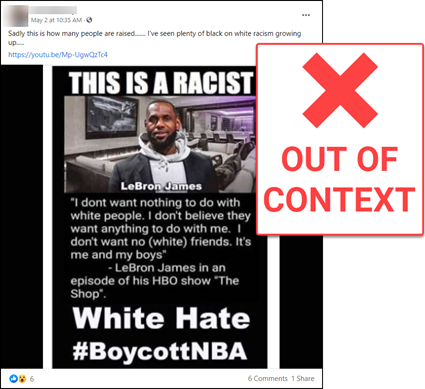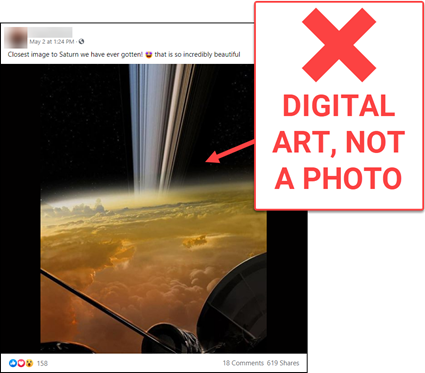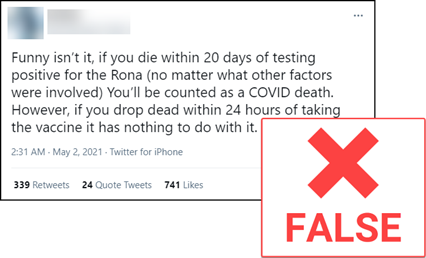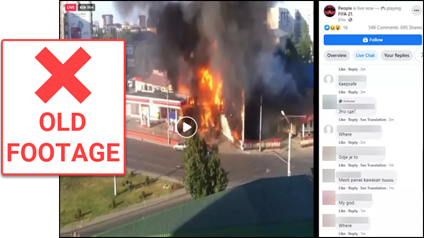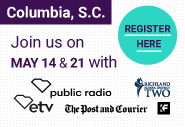|
★ Sift Picks
Featured
TikTok videos that aggregate news and offer brief rundowns of the latest headlines are attracting millions of views, many of them among young people, as part of a growing trend on the video platform. About half of Gen Z — often defined as those born in 1997 or after — who use social media as a news source reported getting news on TikTok in a 2020 survey from YPulse, a youth marketing research firm. TikTok “news personalities” are not associated with traditional news organizations but have created videos on some of the year’s biggest stories. The accounts featured in this Washington Post piece, for instance, have tackled topics that include Election Day 2020, pandemic travel restrictions and the Jan. 6 insurrection at the U.S. Capitol. Marcus DiPaola, who posts quick news updates and has 2.5 million followers on TikTok, told the Post: “I want to be the translator from mainstream media to teenagers.”
Related:
Discuss: Describe your own news consumption habits on social media. Do you prefer getting news through video or text? Why? Is the length of a news report a factor? Do you follow any “TikTok personalities” for news? Can people be as informed through shorter news forms (including video or text) as they are through longer pieces of journalism? How do you determine if information in TikTok videos is accurate?
Idea: Have students compile a list of TikTok accounts that they turn to for news or to stay informed and evaluate them. Then ask students to determine the primary purpose of content on these accounts (inform, persuade, entertain, etc.). Do they provide straight news reports, or just commentary and opinion? Do they do any original reporting, or do they just aggregate stories from other news organizations? Finally, have students select and fact-check a TikTok video on a recent news story.
Resource: “InfoZones” (NLP’s Checkology virtual classroom).
Quick Picks
- Discuss: Why is misinformation such a problem when people have better access to credible information now than ever? Do you think most people practice “truth-seeking” (trying to be reliably informed) on social media, or are they seeking something else? Are people’s identities and political affiliations more important to them than truth and accuracy? Do you think that the feedback people get on social media — in the form of likes, shares, comments, etc. — affects what kind of information they share?
- Idea: Ask students to interview five friends or family members about what motivates them to like and share information on social media. (Are people moved to share information they think is important and credible, or are they engaging in “us versus them” identity building?) Then have students share their findings.
- Resource: “Misinformation” (NLP’s Checkology virtual classroom).
- Related: Student Opinion: “Should Media Literacy Be a Required Course in School?” (Michael Gonchar and Jeremy Engle, The New York Times).
- Discuss: Have you ever fallen for misinformation online? How often do you make sure something is real before sharing it? Do you agree that it is “just a natural human reaction to not want to seek challenging views”? Do you ever seek out opposing views? Why is “seeking out diversity of thought” important?
- Idea: Have students listen to this podcast episode (click the play button near the top of the page). Then ask students to pick a current controversial issue with multiple legitimate sides that they have strong feelings about. Challenge them to consider the opposing side of this issue. Finally, have students argue in support of the opposing view in a written response, social media post(s) or other format.
- Discuss: Do you think social media platforms should have different community standards for high-profile users with large followings? Do you think social media platforms should have a special policy for political leaders? Do you think that policy should be more permissive (to protect the public’s need to know what public officials are saying) or more restrictive (due to political leaders’ influence and power)? Should social media platforms remove posts and/or accounts that could cause real-world violence? Why or why not? What criteria should they use to determine this?
- Related:
- Note: This CNN report is based on a new study that examined whether a reliance on certain news sources and social media in the United States impacted people’s belief in COVID-19 falsehoods.
- Discuss: Why do you think “familiarity with information increases the likelihood that you think it’s accurate”? What kinds of false information have you encountered about the pandemic? What are some possible real-world consequences of believing COVID-19 falsehoods? Can likes and shares of misinformation on social media cause harm?
- Resource: “Conspiratorial Thinking” (NLP’s Checkology virtual classroom).
|
